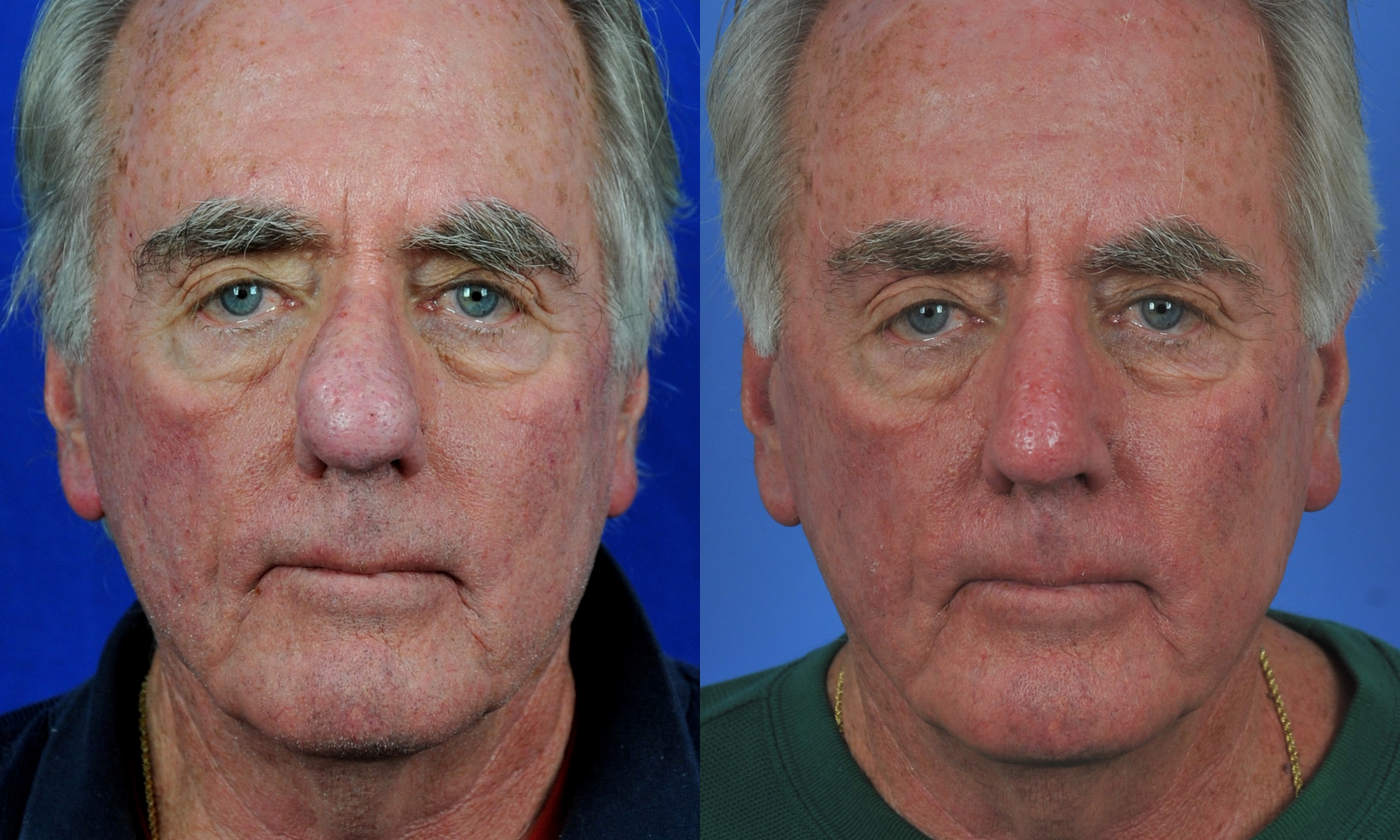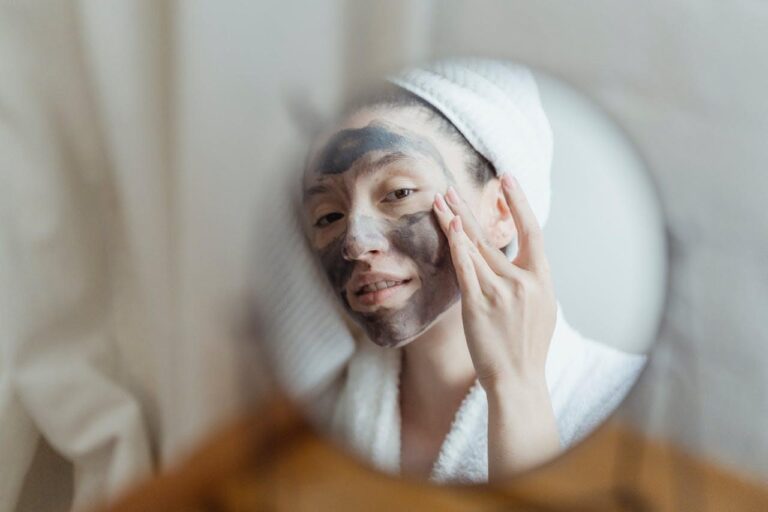
Rhinophyma is a skin disorder that is usually characterized by a red, large, bulbous, or bumpy nose. In some cases, the condition can occur as a part of phymatous rosacea. So far, the cause of Rhinophyma is yet to be established, but some medical practitioners consider it a subtype of severe rosacea. Generally speaking, rosacea is an inflammatory skin condition that causes irregular flushing and redness on the face. Rhinophyma is most common among men between the age of fifty and seventy. The good news is that the condition is treatable and San Antonio Rhinophyma treatment can be found in most dermatology practices. Below are some important things that you should know about Rhinophyma.

Table of Contents
Causes of Rhinophyma
As mentioned earlier, the cause of Rhinophyma is still unknown. In the past, it was believed to result from alcohol consumption, but recent scientific studies have disproven this hypothesis. However, the condition is associated with a number of risk factors. For instance, this condition is most common among men, and since it usually develops after the initial stages of rosacea, which typically occur between the age of 25 and 50, men from the age of fifty are more susceptible to Rhinophyma compared to other demographic groups. Other risk factors that are associated with Rhinophyma include having fair skin, having an English, Irish, Eastern European, or Scandinavian racial background, and having close family members with a history of rosacea.
Symptoms of Rhinophyma
Rhinophyma is associated with many signs and symptoms. Some of the most common ones include:
- Blotchy, red areas in the center of a patient’s face
- Random facial flushing
- Recurrent pimples and bumps, usually mistaken for acne
- Telangiectasia: swollen tiny blood vessels on the cheeks and the nose
- Overly sensitive skin
- Ocular rosacea, characterized by a gritty or burning sensation
Diagnosis and Treatment
In its earliest stages of development, you may confuse rosacea with acne or other common skin conditions. However, it is not hard for dermatologists to diagnose Rhinophyma thanks to its unique characteristics and the fact that it mostly occurs after rosacea has been identified. As such, diagnosis can be done by examining a patient’s medical history and performing a simple physical exam. Once a patient has been diagnosed with Rhinophyma, there are several treatments that the dermatologist can choose to use. For instance, the doctor can prescribe medication such as topical medication to reduce inflammation and redness and oral capsules to prevent oil production in the oil glands. In most cases, surgery is the best option that dermatologists rely on to offer permanent relief from Rhinophyma.
The Bottom Line
Overall, it is apparent that Rhinophyma is quite a common skin condition and can cause significant discomfort. Luckily, this is an issue that is treatable. If you are looking for a reliable dermatologist to help you in managing Rhinophyma in San Antonio, TX, Alamo City Dermatology is an excellent dermatology practice to consider. Under the leadership of Ana T. Sauceda, M.D, the practice is committed to providing the highest quality of skincare.







